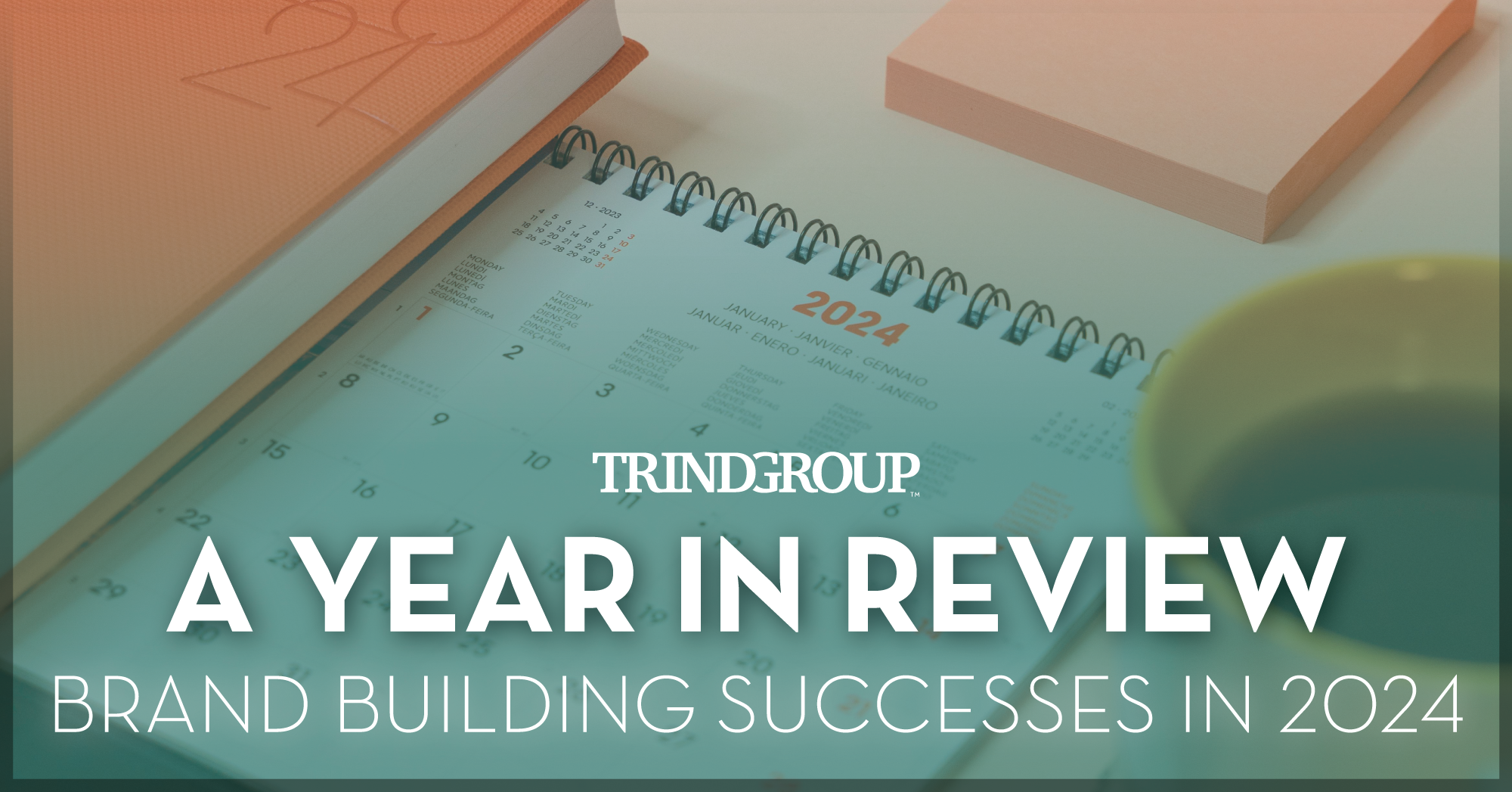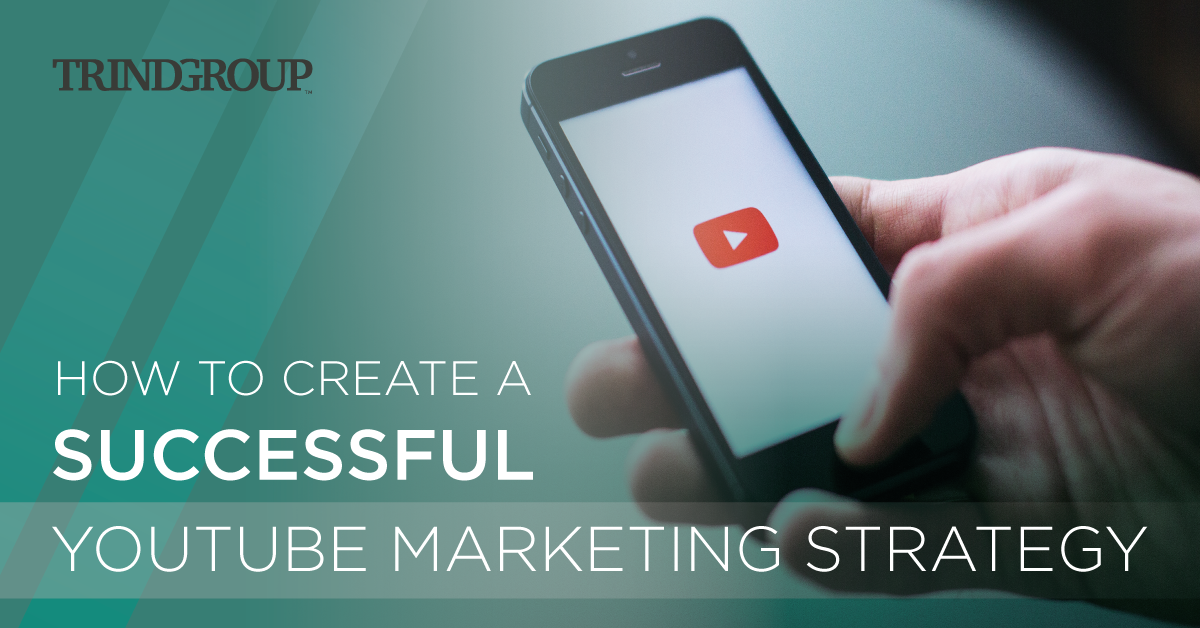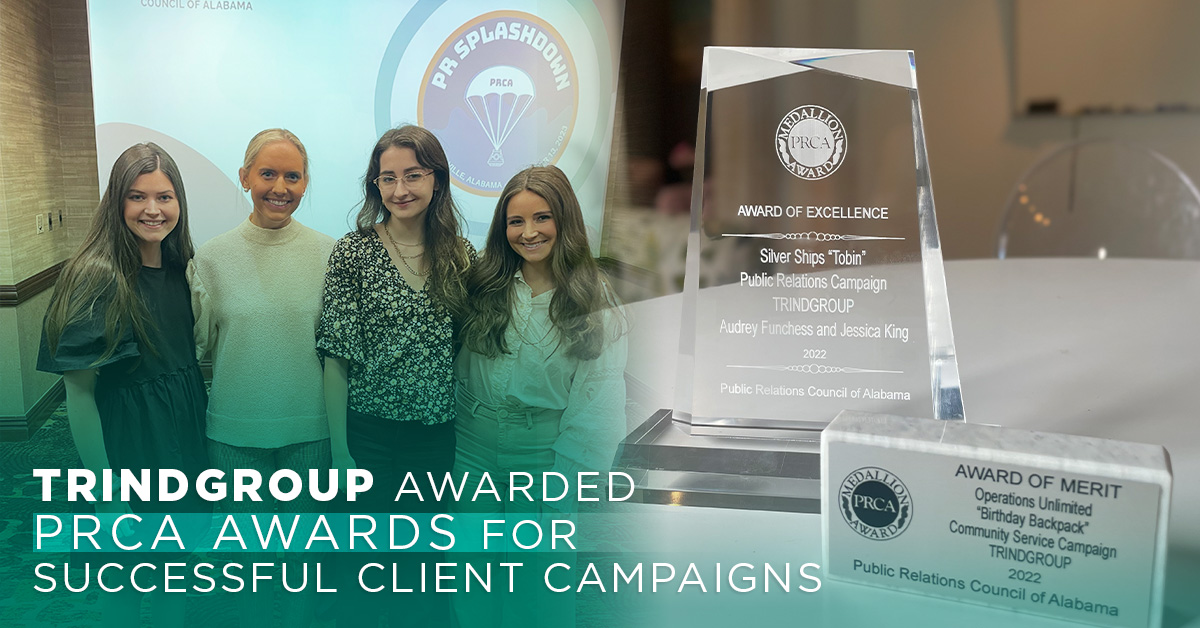The Rise of Video Content B2B Marketing
According to Forbes Magazine, online video traffic is 15 times higher now, than it was in 2017.
Video content is easily consumable information that is shared with a target audience with a specific purpose to entertain, educate, explain or raise awareness about a company, event or product. With video content becoming an increasingly vital tool for holding a target audience’s attention, it is crucial to understand how your industry can utilize video opportunities within your marketing strategy.
How does Video Impact Your Marketing Strategy?
Due to the digestible and shareable nature of video content, each video created has the potential for maximum content amplification. Videos can be shared on multiple marketing channels and the channels of your vendor partners. Organizations can have video content posted not only on their website, but also on various social media platforms, as well as paid placements. This multi-channel approach to video content gives your business a measurable, ROI of the video creation process.
What Kind of Video is used in Content Marketing?
Most video content for B2B marketing is short form, meaning it is under 10 minutes long, but often much shorter, landing from one to three minutes. These videos help your business to digitally raise brand awareness. Video can be formatted in many ways to portray technical processes, products, facilities, case studies and more. Video can also be used to celebrate milestones, or share mission statements and values in a visually compelling way. There are many far-reaching avenues that your organization can use to implement video to ensure that your brand reaches your target audience.
Using Social Media to Amplify Your Video Content
YouTube is the most used video-sharing platform to-date and is the world’s second-most visited website overall according to Hootsuite, a social media management platform. With 1.7 billion unique monthly visitors and 62% of the nation’s users accessing YouTube daily, investing the time to implement your marketing strategy on YouTube can amplify your content much further. Though YouTube focuses exclusively on video, there is a growing audience for video marketing content on other mainstream social media platforms as well.
In 2022, according to Hootsuite, Facebook is the second-most used platform for short-form video content in the U.S.; just behind YouTube. With 2.91 billion active Facebook users monthly, and a rising number of those users gravitating toward video, it can be incredibly impactful to your business to distribute your videos on Facebook.
Any video that your company invests the time to create can be shared on many avenues including your website, YouTube channel, Facebook page, LinkedIn profile, and many more. This kind of reusable content can give your business a substantial advantage in reaching your target audience.
Take a look at how TRINDGROUP uses video to reach our audiences via our website and YouTube channel.





